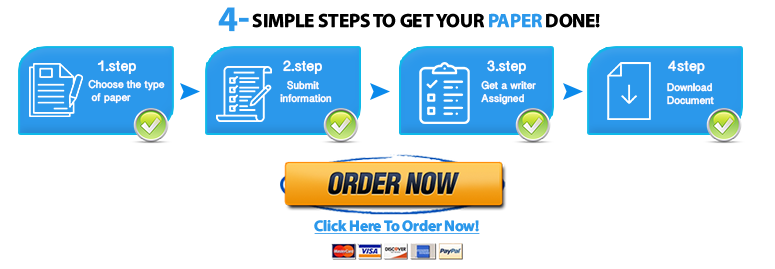SOCIAL PROBLEM
The overall purpose of the final social problem paper is to analyze a social problem from a social work perspective at the micro, mezzo, and macro levels and to demonstrate graduate level research and writing skills. Students will identify a social problem/issue of their choice. The topic must be approved by the instructor. This social problem paper is broken down into four culminating sections leading up to the final Social Problem paper. These sections are due at varying points in the quarter: 1. Topic Selection/Problem Identification 2. Historical Analysis 3. Best Community Practice Models 4. Application to Social Work and Recommendations 5. Social Problem Paper (Final Paper) By the end of the quarter, students will synthesize their analyses in the first four sections to complete a 12-14 page Social Problem Paper. This analysis should be properly cited, using APA style, including a separate reference page. The description of each section is outlined below. Rubrics for assessment are provided in an appendix at the end of the syllabus. ASSIGNMENT #1 TOPIC SELECTION/PROBLEM IDENTIFICATION DUE 72 HOURS AFTER WEEK 3 LIVE SESSION 100 points = 5% of final grade The Problem Identification section is a critical part of the paper summarizing the definition, scope and consequences of the problem. The Problem Identification section is critical to setting up the rest of the paper. It is the section that helps convince the reader there is a legitimate problem, defines what it is, explains how it impacts people and systems, and identifies its 8 | P a g e S O W K 4 2 9 9 S p r i n g / S u m m e r Q u a r t e r 2 0 1 9 basic root causes (not the long view of historical analysis of it), and provides costs in terms of outcomes for people or costs to the system. Evidence in the literature must be used to support the explication of the problem. The articles used in this section will be added to the final paper’s bibliography. The problem identification section should inclue the following: • Definition of problem o Define the problem by convincing the reader of the criteria or factors of a social problem. o Describe the general impact on people and/or systems o Cite research and literature that supports the explanation of the problem (as opposed to simply describing the student’s perception of the problem) • Scope of the problem: o Succinctly explain or define the root causes of the problem o Describe the incidence and prevalence of the problem & clearly label the micro, mezzo, and macro levels o Cite at least 2-3 hard data elements (such as demographics, costs and other numbers related to those impacted) from a variety of sources (e.g., international, federal, state, local agencies, pertinent foundations, etc.) o Cite 2-3 scholarly articles from a variety of sources (e.g., international, federal, state, local agencies, pertinent foundations, etc.) • Consequences: o Discuss real-world social costs of the problem (e.g., physical & mental health; stability & sustainability of community; environmental concerns; etc.) to the people and/or communities involved; organize the consequences by micro, mezzo, macro where possible o Discuss real-world financial costs of the problem to the people and/or communities involved o Cite literature from at least 3 of the following sources that supports the arguments above: ▪ Government ▪ Agency ▪ Foundation Reports 9 | P a g e S O W K 4 2 9 9 S p r i n g / S u m m e r Q u a r t e r 2 0 1 9 ▪ Scholarly Articles • Conclusion o Restate the points presented in the sections, organized by micro, mezzo, and macro leves of the problem. o Defend the relevance of problem to social work practice by addressing social work values, ethics, and mandates or access. o Conclude the paper with a sentence that leads the reader to want to know more about the historical context and social construction of the problem The Problem Identification section should be 2–3 pages, double spaced, formatted using APA style, including a separate page with a bibliography of sources for this submission. The articles used in this section will be added to the final paper’s bibliography. Please review the Assignment #1 Problem Identificaiton rubric in the Appendix of the syllabus for further details on the grading criteria.
"Looking for a Similar Assignment? Order now and Get 10% Discount! Use Code "Newclient"




